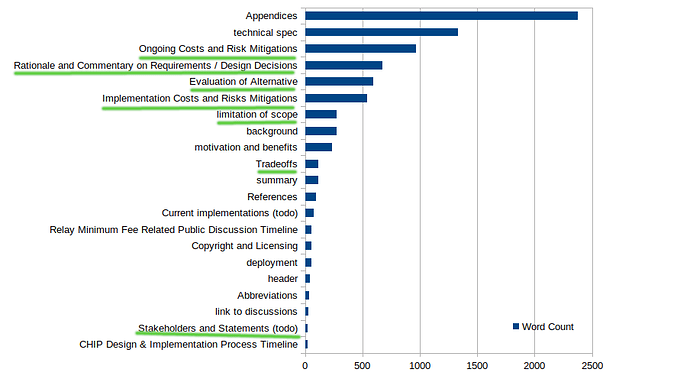[…] a minimum relay fee adjustment mechanism driven by miner voting in block header version bits 11 and 12. This will allow hashpower to express a fee adjustment preference: increase, decrease or no change to the relay fee.
The votes would be evaluated at regular intervals by full nodes and other software such as SPV wallets. A minimum relay fee change would happen if 75% or more of blocks within the last 1,008 voted in its favor. The votes would be evaluated approximately once a week, or more exactly: whenever the block height is an integer multiple of 1,008.
Fee adjustments would be made in steps of 25% of the prior fee rate.
This is a draft of this specification. There are still plenty of rough edges, some of which I know about and may correct later today, and others on receiving your comments.
Review and feedback are appreciated!
Update 2021-06-06: updated to draft v0.2
Changes in v0.2:
- switch to simple majority of >= 505/1008 blocks
- add REQ-MINFEE-ACTIVATION-ANCHOR
(to set starting fee to 1000 sat/kB when the CHIP first calculates) - add risk of miners rejecting the responsibility to manage relay fees
- add risk of excessive fee rate granularity
- add risk of reduced fee rate stability
- update the projected fee table to use 500 sat/kB for typical txns
- rename REQ-MINFEE-ACTIVATION to REQ-MINFEE-ACTIVATION-FLUSH
- spell check fixes
- update references, acknowledgments, timelines


